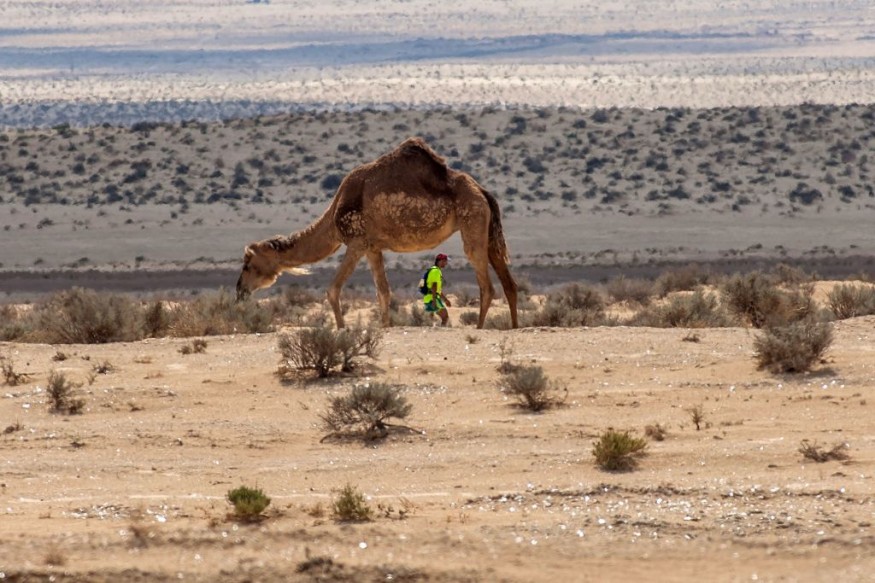
The world can be full of so much mystery that to be "baffled" is an understatement. The African continent can attest to this.
For years, two enormous land masses have been sitting just beneath the Earth's surface. Meanwhile, one blob beneath Africa seems to emerge from underneath the ground - slowly starting to make its way to the surface, according to Popcrush.
Scientists discovered that deep beneath the opposite sides of Earth's surface sits two enormous blob-like structures spanning thousands of miles, observed via seismic observations, as per Newsweek. To understand this bizarre natural phenomenon, researchers from Arizona State University have studied these blobs, what they are and where they sit in Earth's mantle, and published their findings in Nature Geoscience.
What is the African Blob?
The two giant structures sitting between 400 and 1,600 miles below the surface in the lowermost mantle is the African blob. It is known as large low-shear-velocity provinces (LLSVPs). One blob was discovered beneath the Pacific Ocean, while the other is under Africa. According to scientists, they tend to influence processes at the core, as well as the mantle.
After extensive study, researchers Mingming Li and Qian Yuan tried to determine what they really are. These 'anomalies' are generally considered to be "intrinsically dense thermochemical piles". However, it remains unclear what their height difference entails. It was later on found that "the maximum height a thermochemical pile can reach is more controlled by its density and the surrounding mantle viscosity, and less so by its own viscosity and volume," the authors wrote.
The two blobs differ in terms of density - with the with the African LLSVP seemingly less dense than the Pacific; and maximum height - with one in Africa sitting about 620 miles higher than the Pacific LLSVP. They also vary in terms of compositions, dynamics and evolution histories.
Linked to Volcanism
The African continent has experienced more supervolcano eruptions over the years compared to the Pacific. Scientists explain that this is because the African blob was known to be less stable.
"The Africa LLSVP may have been rising in recent geological time," ASU researcher Li said. "This may explain the elevating surface topography and intense volcanism in eastern Africa."
While the African blob is currently rising, Li said that it would take about 50-100 million years for it to reach the surface, as its rises at a rate of around one to two centimeters per year. "In fact, as the African rises, it may become cold and dense. It is not impossible for it to sink again when it becomes dense enough," Li added.
Findings from seismic results and geodynamic modeling provide new insights and has "far-reaching implications" on the two largest structures in Earth's deep interior, and how they interact with the surrounding mantle.
Related article : An Ancient Tsunami-Unleashing Earthquake 3800 Years Ago Sent Humans into Hiding for a Thousand Years
© 2025 NatureWorldNews.com All rights reserved. Do not reproduce without permission.





